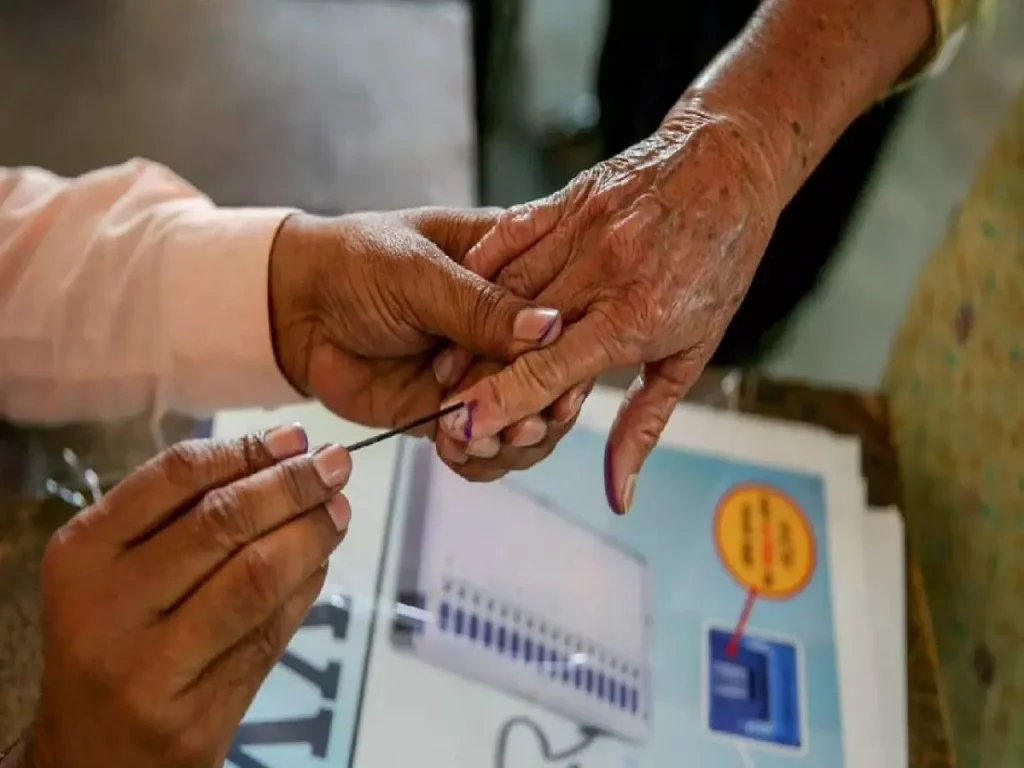The BJP-led NDA government’s decision to accept the recommendations of a high level committee, headed by former President Ram Nah Kovind, to go ahead with the idea of simultaneous elections, dubbed as “One Nation, One Election,” is not merely an administrative action. Under the changed circumstances of the BJP’s failure to win a simple majority in the Lok Sabha elections held a few months back, it assumes a greater significance. The message that is sought to be given, it seems, is that the BJP is getting over the initial shock of failing to form the government on its own, and increasingly asserting its authority. The Prime Minister had been maintaining a low profile since the election results were announced. He gave the impression that he was chastened and subdued by the poll verdict that dashed his hope and confidence that the BJP alone would cross the 350-mark. The electorate did not repose its trust in the BJP the way the PM had expected. This made the Opposition euphoric and the BJP top brass, especially the PM and Home Minister Amit Shah, withdrew into a shell.
It appears the BJP top leadership feels that by simply re-instating old faces in their old ministries and terming the current government as 3.0 yet remaining in the defensive mode is giving a wrong message to both the nation and party supporters. Hence, the PM could have started to go on the offensive to tell the nation that he is in command of the situation. Such a stance is particularly needed in view of the elections in Haryana and Jammu & Kashmir, in particular.
The PM first chose the emotive Ganesh Puja recently to create the impression that even the judiciary is willing to rub shoulders with him and play second fiddle to the executive. Apparently, he deliberately posted in his X handle the picture of his visit to the Chief Justice of India (CJI)’s house performing ‘aarti’ on the occasion of Ganesh Chaturthi. This was a calculated step to mix religion with politics and drag the judiciary into it so as to refurbish the image of a demoralised and defeated BJP unable to get the numbers to rule on its own. In the process, the PM breached the convention of the executive staying away from the judiciary. The dictum that justice is seen to be done makes it mandatory that judges do not mix with the executive since it means a conflict of interests, the government often being a litigant. In this case, the CJI came under severe criticism for allowing such an incident, much more than the PM. The Opposition cried itself hoarse, but the PM was not bothered. He questioned the Congress’ intent for criticising his visit.
This supposedly has emboldened the BJP so much that the controversial issue of “One Nation, One Election” was brought back in an unabashed manner and the Cabinet cleared the Kovind committee recommendations. However, apart from the mathematical ability in the Parliament, it seems extremely difficult for the government to swing this deal due to internal counter pressures.
The committee envisaged simultaneous Lok Sabha and State Assembly elections as the first step, followed by municipal and panchayat polls within 100 days of the general election. For this, the government would need to get constitutional amendments to be passed, in Parliament and in majority of State Assemblies. Two key reasons have been given for the proposal. The first is that the cost of conducting these elections would be significantly reduced if held together. The second is that if there are no simultaneous elections, political parties would remain busy with prolonged campaigns affecting governance and legislative work. However, there has been little to no data to support the first reason. Already, general elections take an inordinately long time, with some state polls being held in multiple phases.
One of the committee’s recommendations is that if a State Assembly gets dissolved before five years of its term, after the “appointed date” for synchronising Lok Sabha and Assembly elections, fresh “midterm” elections will be held but the new Assembly will not have a full five-year tenure which will end five years from the “appointed date.” This provision militates against the original idea of cost-cutting through simultaneous elections. It also goes against the concept of federalism.
In a multi-tiered governance system, people choose their representatives based on their perception of who is best suited. Each tier has its importance of its own.
The second reason is that representatives are in campaign mode for far too long and as such polls to every tier should all be held during the same period. The fact that national representatives of parties are forever in campaign mode is actually the fallout of the centralising tendencies of parties that are in power. Replacing multi-tier elections with simultaneous mode has the potential to reduce the importance of each tier, especially the Assembly and municipal/panchayat levels, and is anti-federal.
Finally, according to the proposal, the tenures of quite a few state governments will have to be cut short.
The new system may sound the death knell of democracy and therefore needs to be given a decent and immediate burial.
